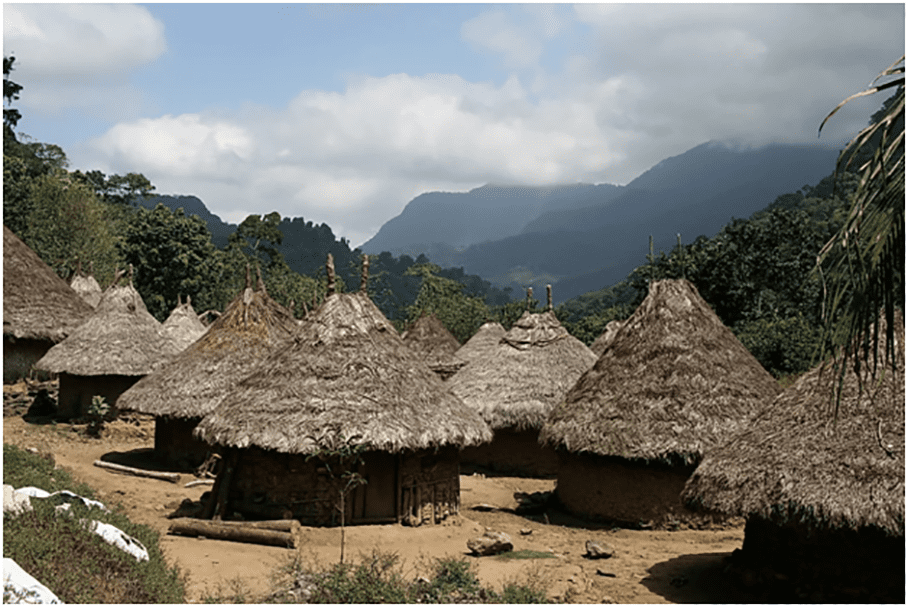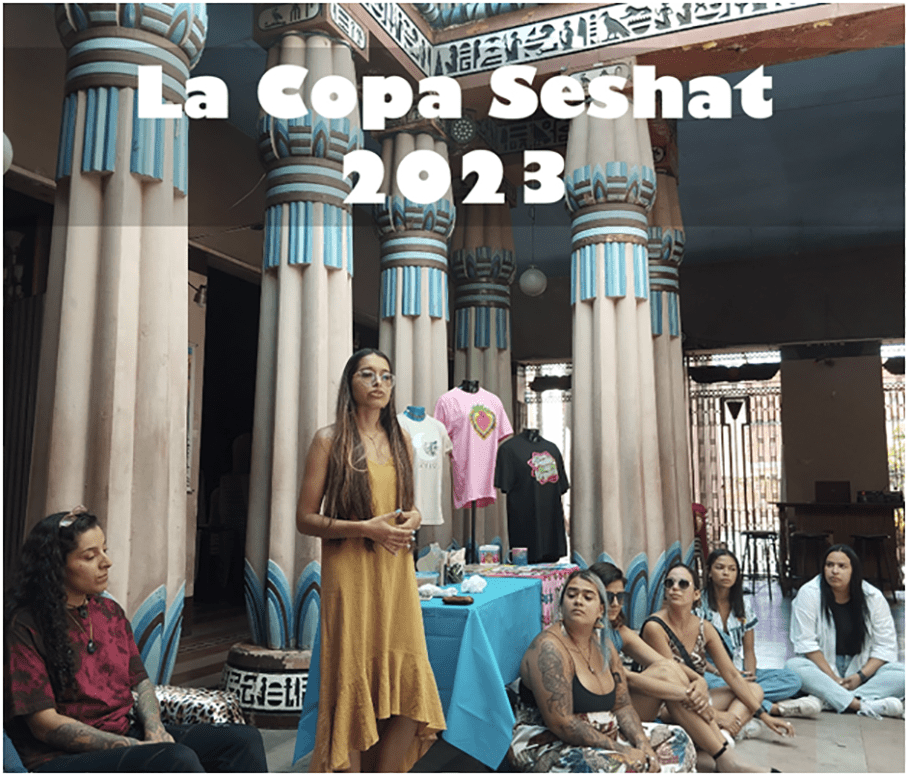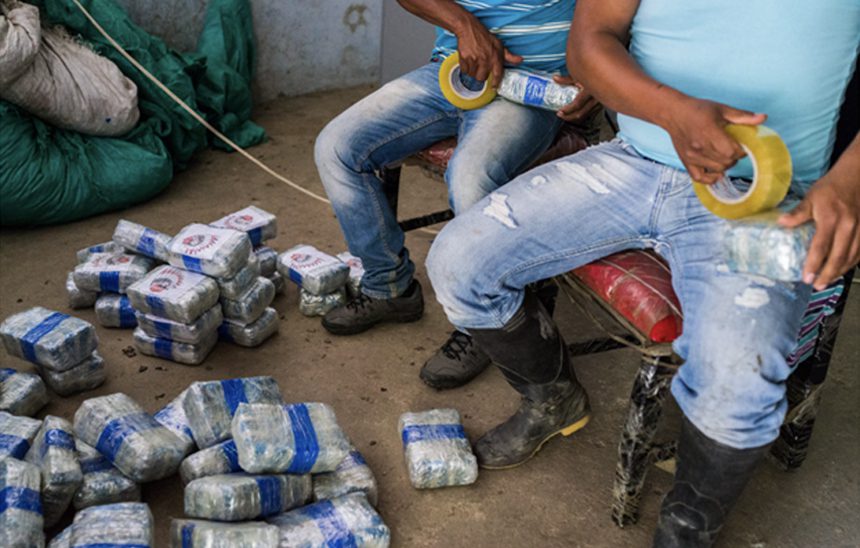Smugglers packaging hi-grade cannabis will find a home in the illicit market on the streets of various South American cities as far as Rio de Janeiro. Colombians can grow up to 20 plants for personal consumption; there is no outlet for them to sell their crops legally.
Pablo Escobar. A coastal mountain range. Cocaine. These are often characteristics that come to mind when thinking about the lush country of Colombia. But it makes sense. The 1980s and 1990s marked a period of government combat over endless drug trafficking to the United States and other countries, much of which was led by Escobar, one of Colombia’s most notorious figures in the drug trade. Known as El Patron to many, the South American kingpin waged war against the law in his hometown of Medellin and watched as the city experienced its highest levels of insecurity ever recorded. But that’s not the only story of Colombia that should be told.
Beyond the cocaine, Colombia is also known for its crush on Mary Jane. The country’s relationship with cannabis stems from its use in indigenous communities from various sectors of the land of Libertad y Orden. These communities continue to maintain the original genetics of their plants and defend its cultivation and use in its maximum potential.

Indigenous village in the Santa Marta mountains. The indigenous Kogi, Wiwa, Arhuacos, and Kankuamo people who live in the area today are believed to be direct descendants of the Tairona.
Marijuana has been legal for self-cultivation in Colombia since 1986. And it is, in fact, one of the countries with the highest number of plants allowed for personal growth in the world. In 2012, the possession of marijuana up to 20 grams was decriminalized. In 2015, the administration of former president Juan Manuel Santos legalized cannabis for medicinal use, and between 2016 and 2017 the Colombian government granted permission for the safe use of marijuana and its derivatives throughout what many call The Gateway to South America.

Juan Manuel Santos, has used his Nobel Peace Prize acceptance speech to call for the world to rethink the war on drugs. He signed a decree fully legalising medical marijuana in a shift away from preventing drug crop production.
Colombia’s current stance on cannabis is progressive, so much so that the country’s current president, Gustavo Petro, recently spoke out against the persecution and stigmatization of people who consume the plant. Additionally, medical centers specializing in the use of cannabis are beginning to pop up. This includes facilities like Clinicannabis, a medical center that believes there are alternative ways to treat pain and show other forms of relief are possible.

La Copa Seshat was founded as a women’s community movement to create safe social spaces within the Colombian Cannabis Community.
While it may not have started this way, Colombia has worked to transform the country’s views on cannabis use and the relationships people form with their favorite green girl. The government and its people are in favor of self-cultivation, and push responsible consumption through organizations like Colombian Cannabis Community and the Circle of Cannabis Women of the Aburra Valley. There are also prominent pioneers, like Olmez Ortiz, leading the charge with various movements, including the World Marijuana March, which is an annual rally held to celebrate cannabis and all its goodness on the first Saturday in May, across the world.
But until the plant is accepted worldwide, non-profit organizations and indigenous people native to Colombia will fight for the right to indulge just the way they like.
Written by Shhorai

About the Author: Shhorai is a phytotherapist, microbiologist and has a masters degree in Biology. She’s been actively working with cannabis and countless medicinal plants. Shhorai is one of the organizers of the Seshat Cannabis Cup in Colombia.

